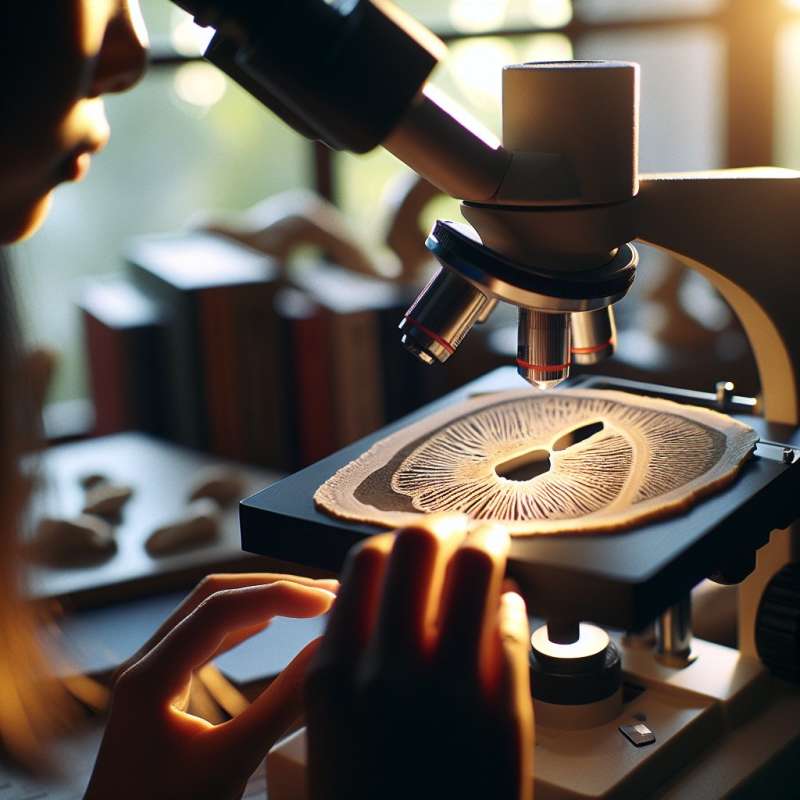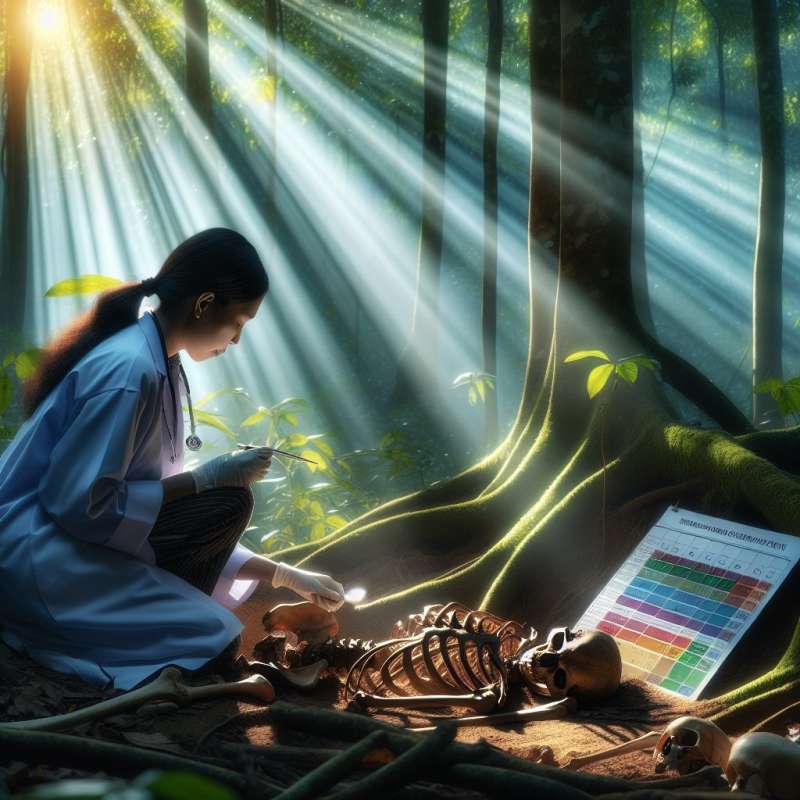
Forensic Anthropology Introduction
Forensic Anthropology applies skeletal analysis to legal cases. It helps identify human remains, determining age, sex, stature, and ancestry, plus trauma or disease indicators, crucial for solving criminal cases and historical puzzles.
Determining Biological Profile
A biological profile includes age, sex, ancestry, and stature. Age is estimated from teeth and bone fusion stages. Pelvic markers aid in sex determination. Ancestry involves skull features, and stature is approximated from long bone measurements.
Bone Histology Tells Stories
Microscopic bone structure, or histology, reveals life history. It shows past illnesses, nutrition, and even repetitive activities. Analyzing bone remodeling and microscopic structures can indicate a person's age at death more accurately than skeletal measurements.
Trauma Analysis: Pre vs. Postmortem
Forensic anthropologists discern between ante-, peri-, and postmortem trauma. Antemortem injuries show healing, perimortem resemble fresh breaks, indicating time of death, and postmortem damages are usually drier and fractured differently due to decomposition.
Decomposition's Effect On Bones
Decomposition stages impact bone analysis. Factors like temperature, humidity, and soil pH affect decomposition rates. Understanding these can help determine the postmortem interval (PMI), narrowing down the time since death.
Identification Through Personal Artifacts
Personal artifacts can assist in identification. Objects like jewelry, clothing, or medical implants often have unique identifiers or serial numbers. They can provide direct links to missing persons databases, offering crucial clues alongside skeletal evidence.
Forensic Entomology Collaboration
Forensic anthropologists often work with entomologists. Insects at a decomposition site follow a known succession pattern. This data, combined with skeletal analysis, refines the PMI estimation, enabling a more accurate reconstruction of events.
What does forensic anthropology study?
Crime scene weapon use
Human skeletal remains
Historical artifact origins
Company